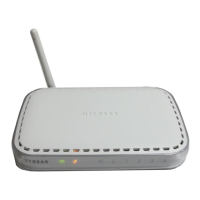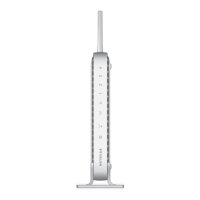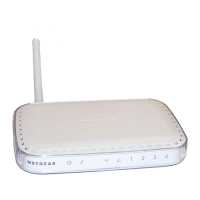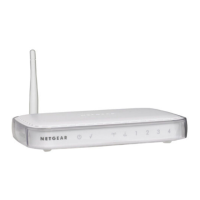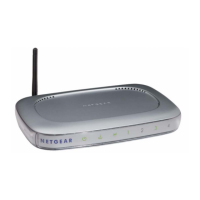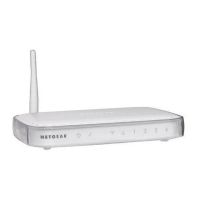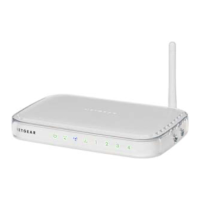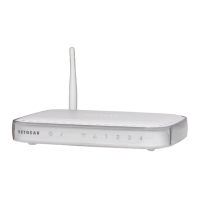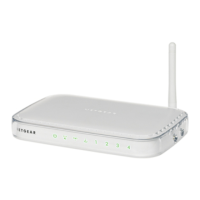What to do if my NETGEAR Wireless Router is unable to access the Internet?
- JJohn CisnerosJul 26, 2025
If your NETGEAR Wireless Router can't access the Internet, try these steps: First, power off your cable or DSL modem and your router. Wait five minutes, then power on the modem and wait until it re-establishes a connection with your ISP. Finally, power on your router. If that doesn't work, your ISP might require a login program like PPP over Ethernet (PPPoE). Contact your ISP to confirm and, if needed, assign the PC Host Name of your ISP account as the Account Name in the Basic Settings menu. Also, if your ISP only allows one Ethernet MAC address, inform them that you have a new network device and ask them to use the router’s MAC address or configure your router to spoof your PC’s MAC address in the Basic Settings menu.




